Echeveria ‘Black Prince’ – Tips For Growing Black Prince Echeveria Plants
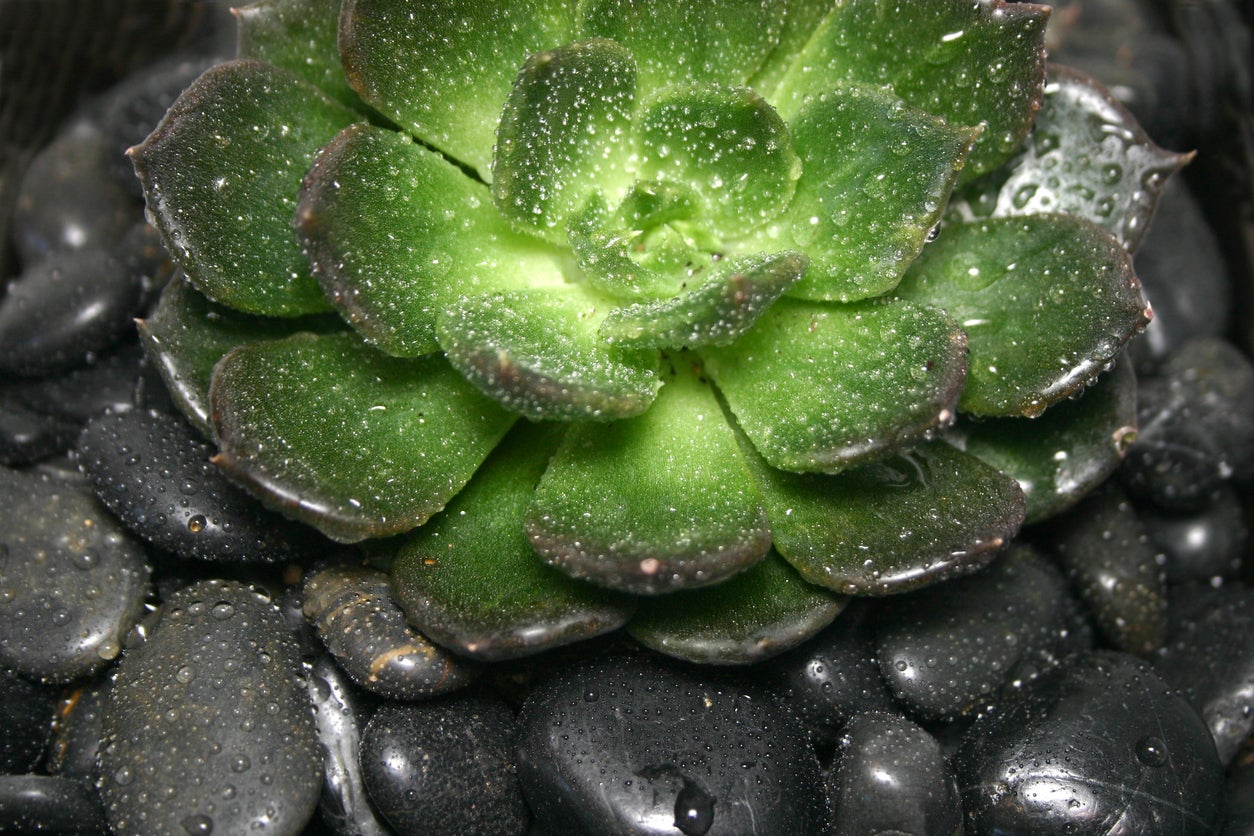

Echeveria ‘Black Prince’ is a favorite succulent plant, especially of those who like the dark purple look of the leaves, which are so deep they appear black. Those looking to add something a little different to the landscape or container gardens will certainly enjoy this easy-care plant.
About Echeveria ‘Black Prince’
Leaves will first be green and darken as they mature. The center of the plant is usually green. A low grower, the Black Prince plant has a rosette that can reach 3 inches (8 cm.) across. It is attractive in mixed containers or planted together with a few of the same type. Black Prince succulent produces offsets, what we often call babies, that can fill your container and sometimes even spill over the sides. Offsets of the growing Black Prince echeveria grow from the bottom, growing upward against the mother plant. You may remove these babies to grow in other containers if you’d like. Plant the Black Prince plant on a mound of soil or in a container filled to the top for the best view of emerging offsets. The mature, happily growing plant blooms dark red flowers in late autumn to winter.
Growing Black Prince Echeveria
Black Prince echeveria care includes potting in proper soil, finding the right location, and limiting water. Never let water remain in the rosette of this plant. It can cause rot or fungal disease. Actually, with this echeveria and other succulents, it is best to water at the soil level, keeping the leaves fairly dry. Water sparingly, but provide more water in spring and summer. Let soil dry out between waterings. Cut back to less water in winter, sometimes once a month is appropriate. Black Prince echeveria care includes growing the specimen in a fast-draining succulent mixture, amended with coarse sand, pumice, or other additions normally used in a succulent soil mix. Locate your plant in a sunny spot. Full morning sun is best, but some afternoon sun fills the plant’s needs. Limit afternoon sun in summer, as it may harm leaves and roots in the hottest locations. This is easier when the plant is in a container. If growing in the ground, plant in an area that gets afternoon shade. As the plant grows, bottom leaves will occasionally shrivel. This is normal and they should be removed. Keep all containers free of leaves and debris that encourage pests. Keep an eye on Black Prince for signs of mealybugs, the waxy white patches that may appear on leaf axils or other parts of the plant. If you see ants around your plants, take precautions. These are sometimes a sign of other pests, like aphids, and have the potential for creating honeydew.
Gardening tips, videos, info and more delivered right to your inbox!
Sign up for the Gardening Know How newsletter today and receive a free copy of our e-book "How to Grow Delicious Tomatoes".

Becca Badgett was a regular contributor to Gardening Know How for ten years. Co-author of the book How to Grow an EMERGENCY Garden, Becca specializes in succulent and cactus gardening.
-
 How To Make A Bouquet Garni Or Herb Bundle For Cooking
How To Make A Bouquet Garni Or Herb Bundle For CookingIf you’re a great cook, you may have made an herb bundle before. If this is a new idea, learn how to add sparkle and interest to your dish with a bouquet garni.
By Amy Grant
-
 ‘Coral Charm’ Peony Care For Sublime Semi-Double Peonies With Lush Salmon Pink Flowers
‘Coral Charm’ Peony Care For Sublime Semi-Double Peonies With Lush Salmon Pink FlowersPeonies are known for their soft baby pink or magenta tones, but if plushy coral blooms are your thing, here’s our guide to the ultimate ‘Coral Charm’ peony care
By Tonya Barnett
-
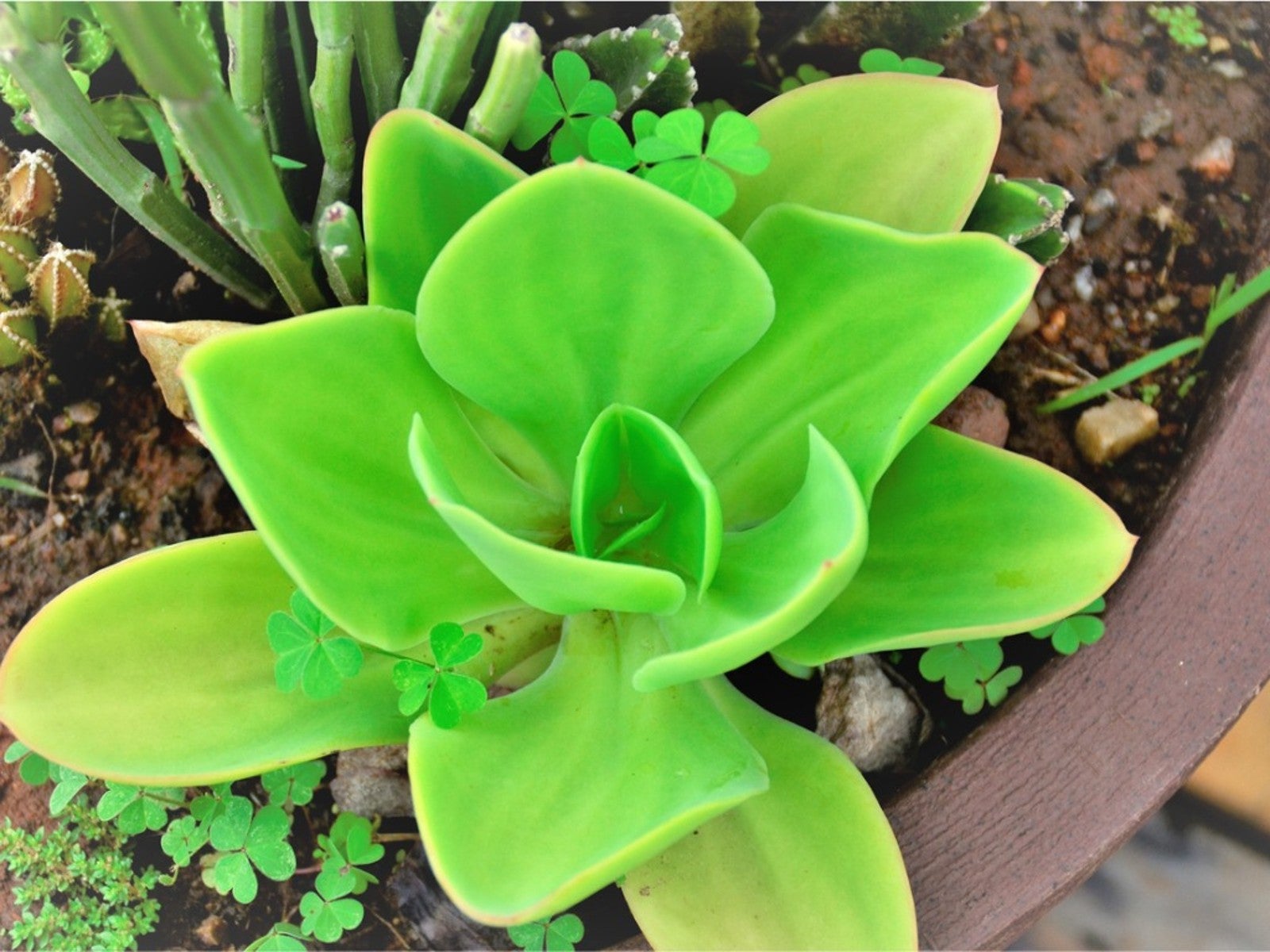 Echeveria Pallida Plant Info: Growing Argentine Echeveria Succulents
Echeveria Pallida Plant Info: Growing Argentine Echeveria SucculentsIf you enjoy growing succulents, then Echeveria pallida may be just the plant for you. Click here to learn about Argentine echeveria plants.
By Becca Badgett
-
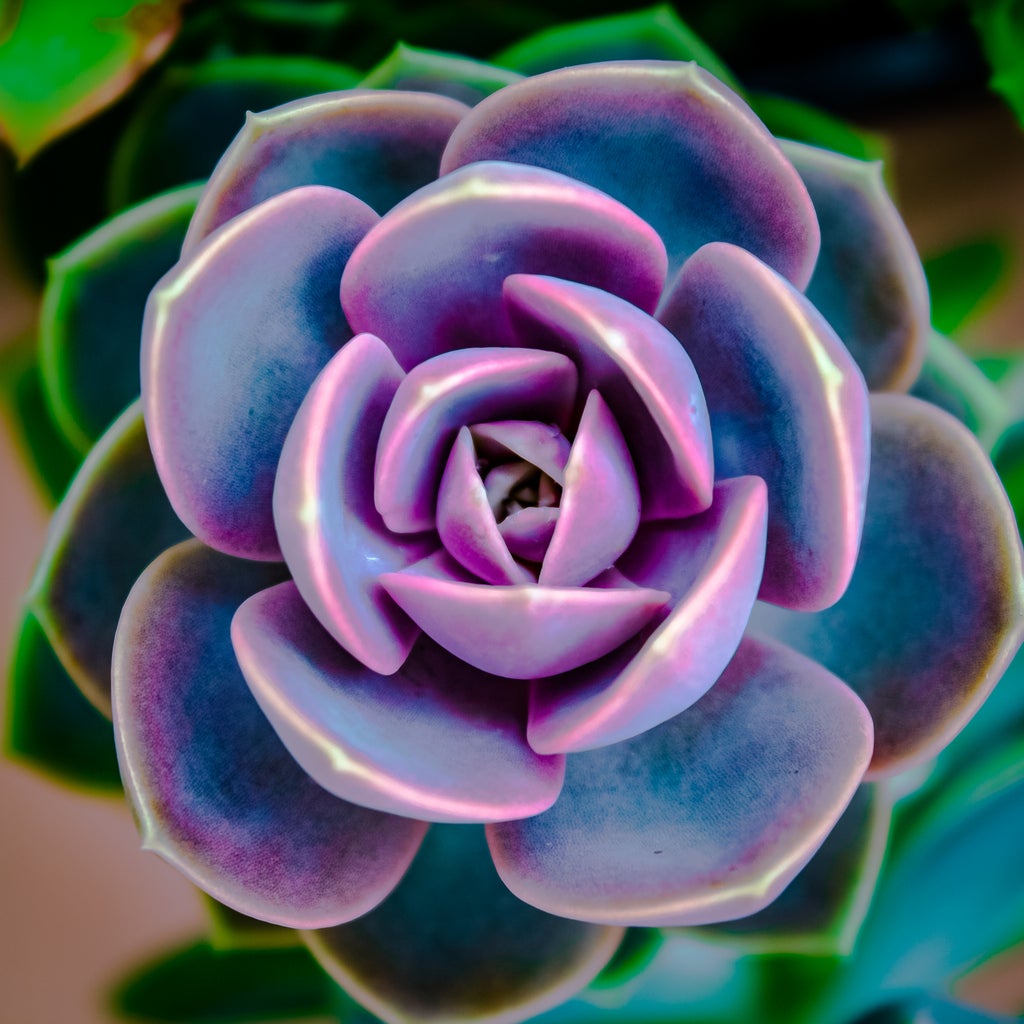 Perle Von Nurnberg Info: What Is A Perle Von Nurnberg Plant
Perle Von Nurnberg Info: What Is A Perle Von Nurnberg PlantEcheveria are some of the easiest succulents to grow, and the Perle von Nurnberg plant is one of the prettiest examples of the group. Click here for some comprehensive Perle von Nurnberg information.
By Bonnie L. Grant
-
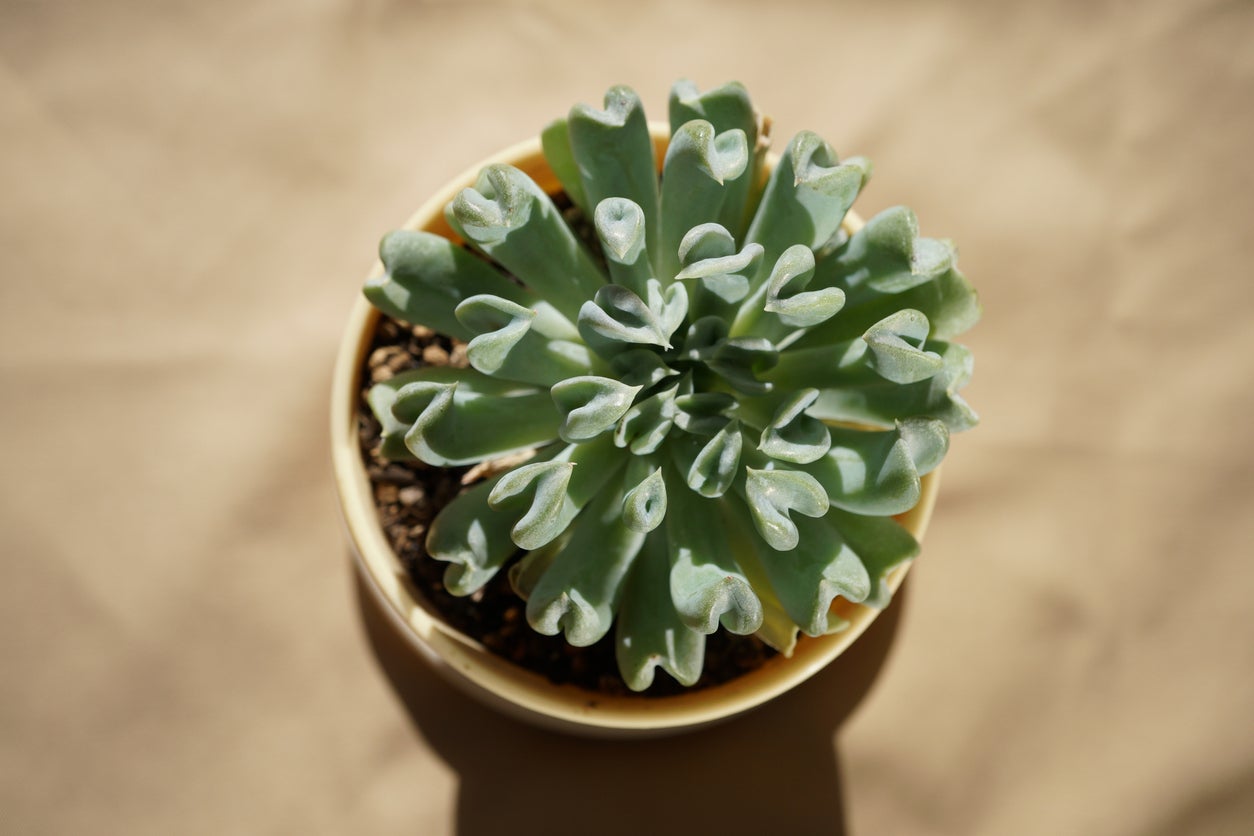 Topsy Turvy Echeveria Care: How To Grow A Topsy Turvy Plant
Topsy Turvy Echeveria Care: How To Grow A Topsy Turvy PlantSucculents are varied and come in a lot of different shapes and colors. A Topsy Turvy plant is a stunning type of echeveria, one large group of succulents, that is easy to grow and adds visual interest to desert beds and indoor containers. Learn more in this article.
By Mary Ellen Ellis
-
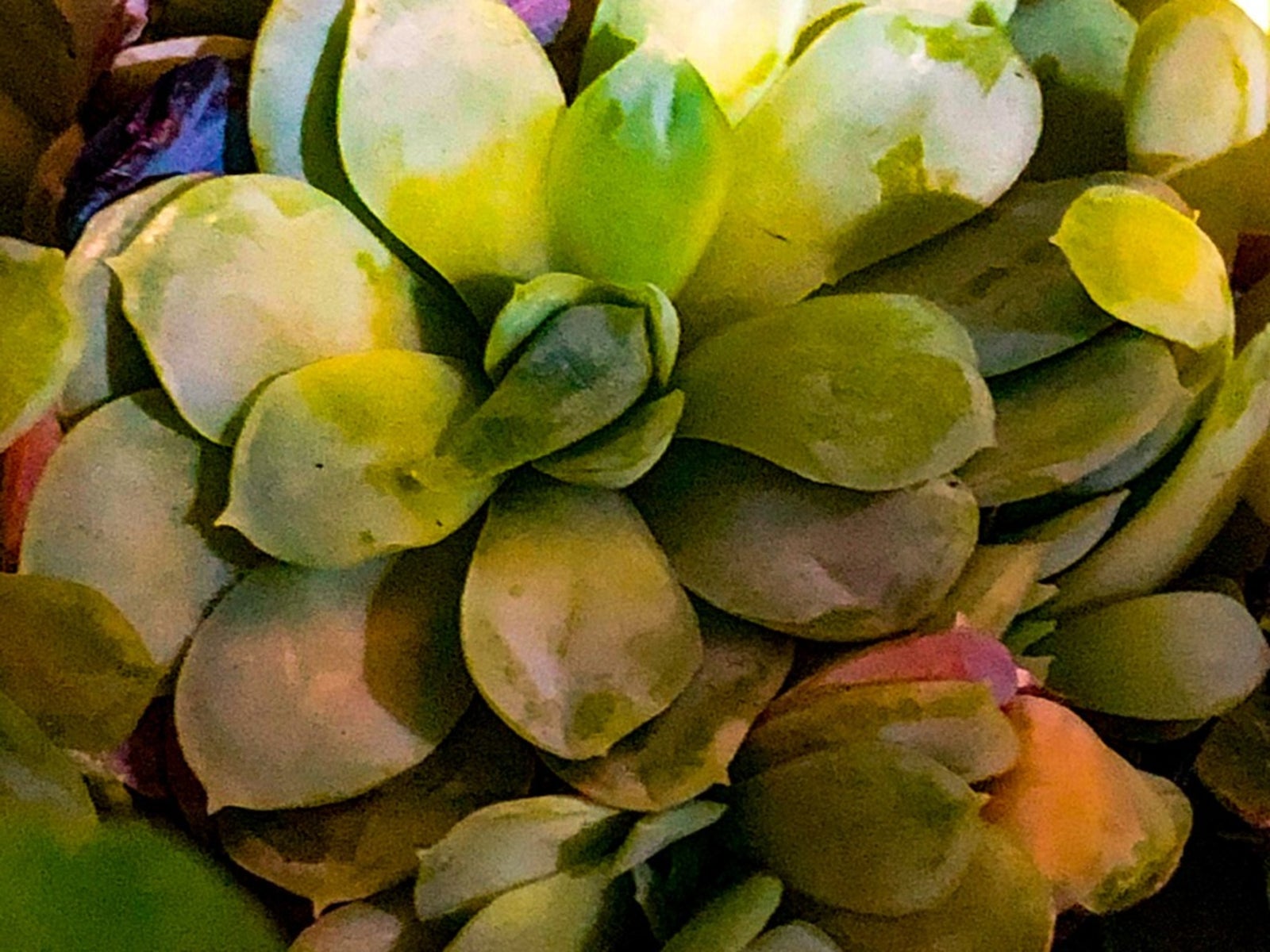 Arctic Ice Succulent: What Is An Arctic Ice Echeveria Plant
Arctic Ice Succulent: What Is An Arctic Ice Echeveria PlantSucculents are enjoying immense popularity as party favors, particularly as wedding take away gifts. If you have been to a wedding lately, you may have come away with an Echeveria ‘Arctic Ice’ succulent, but how do you care for it? This article will help.
By Amy Grant
-
 Doris Taylor Succulent Info: Tips On Growing A Woolly Rose Plant
Doris Taylor Succulent Info: Tips On Growing A Woolly Rose PlantEcheveria "Doris Taylor," also called the woolly rose plant, is a favorite of many collectors. If you’re not familiar with this plant, you may ask what is a woolly rose succulent? Click this article to learn more about this interesting succulent plant.
By Becca Badgett
-
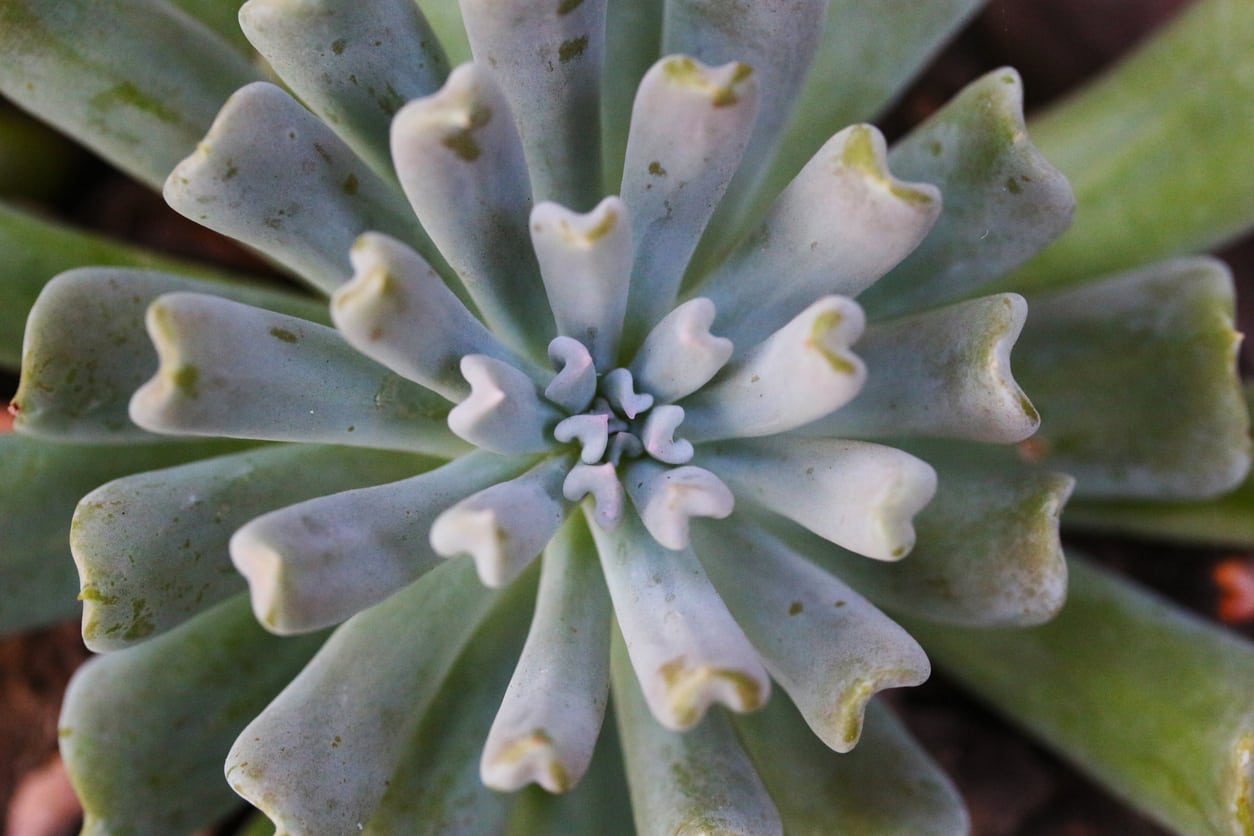 Irish Mint Echeveria Info: How To Grow An Irish Mint Succulent
Irish Mint Echeveria Info: How To Grow An Irish Mint SucculentEcheveria is a genus of stonecrop plants with a huge variety of species and cultivars, many of which are very popular in succulent gardens and collections. One beautiful and easy-care variety is Echeveria ‘Irish Mint.’ Click here for more info on this echeveria plant.
By Liz Baessler
-
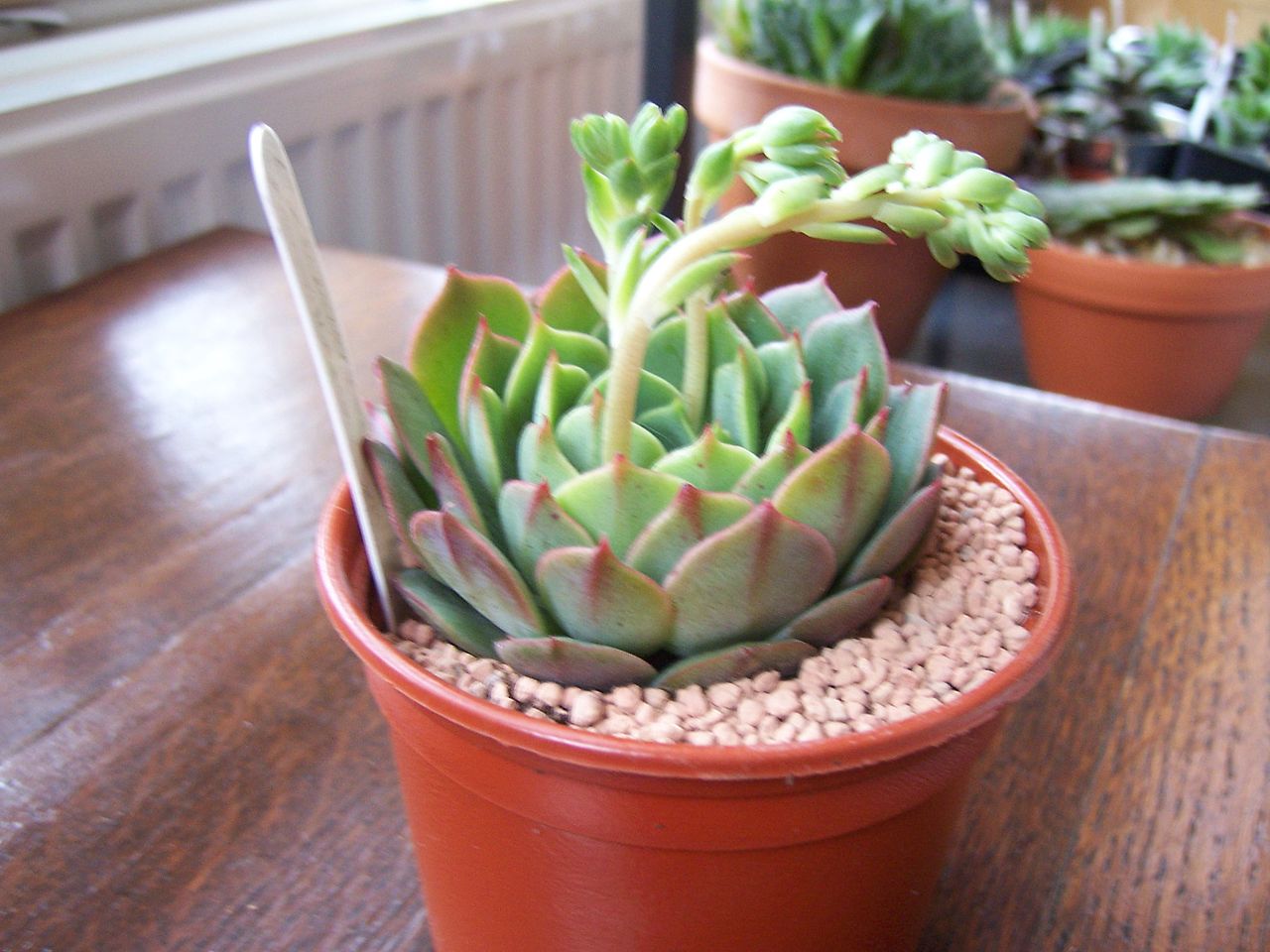 Caring For Ramillette Echeverias – Information About Ramillette Succulents
Caring For Ramillette Echeverias – Information About Ramillette SucculentsThe Ramillette echeveria plant is also called Mexican hens and chicks, but don’t be misled. These plants are only hardy in USDA zones 9-11 for year-round outdoor planting and growing. Click here to learn more about caring for a Ramillette echeveria plant.
By Becca Badgett
-
 Echeveria ‘Lola’ Info: Learn How To Care For A Lola Echeveria
Echeveria ‘Lola’ Info: Learn How To Care For A Lola EcheveriaAnother of the most commonly owned succulents, the popular Echeveria ‘Lola’ plant is a beautiful, rosette that may be surrounded by pups. Offsets produce readily on this grayish-blue leafed favorite. Growing Lola echeveria is simple too, and this article will help.
By Becca Badgett